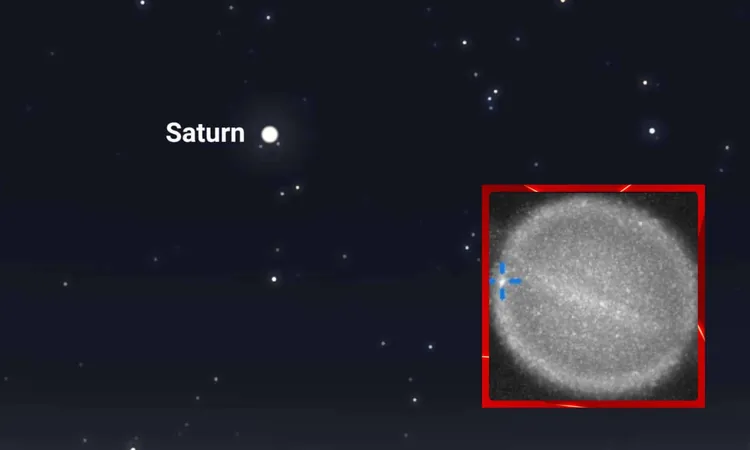
Unlocking the Secrets of Blind Cavefish: A Journey Through Time
2025-08-28
Author: Ming
The Mysterious World of Cavefish
Small, colorless, and fabulously blind, amblyopsid cavefishes are the enigmatic residents of underground waters across the eastern United States. A groundbreaking study from Yale University has unveiled fascinating insights into their evolution and introduced an innovative technique for dating the subterranean ecosystems they inhabit.
Independent Evolution in Darkness
In a deep dive into the genomes of all known amblyopsid species, Yale researchers discovered that these cave dwellers didn’t all evolve from a single ancestor. Instead, they colonized dark caves independently, developing remarkable adaptations like the loss of eyes and pigmentation as they navigated their lightless realms.
A Mutational Clock Reveals History
Published in *Molecular Biology and Evolution*, the research highlights how scientists crafted a mutational clock to estimate when these fishes first began shedding their vision. Astonishingly, the ancient Ozark cavefish (Troglichthys rosae) started losing eye function as far back as 11 million years ago.
Dating Ancient Ecosystems
This innovative technique not only sheds light on the timeline of the cavefish evolution but also provides a minimum age for the caves they now inhabit. According to Chase Brownstein, a co-lead author of the study, traditional cave-dating methods struggle to go beyond 3 to 5 million years. However, by tracking when these fish began their adaptations, researchers estimate some caves may be over 11 million years old.
Reconstructing Evolution
Using fossil records alongside genomic data, the researchers reconstructed a time-calibrated evolutionary tree for amblyopsid cavefishes, which belong to the ancient order Percopsiformes. This tree illustrates how these fish share key anatomical features, such as flattened skulls and reduced pelvic fins, hinting at their shared descent from ancestors already equipped for darkness.
Diverse Genetic Mutations
In their quest to unveil the timeline of cavefish habitation, the team examined 88 vision-related genes for mutations. Remarkably, each cavefish lineage exhibited unique sets of mutations contributing to their loss of sight. This evidence suggests they adapted independently to their cave environments.
Implications for Human Health
The implications of these findings stretch beyond the caves. Professor Thomas Near, a senior author of the study, noted that mutations causing eye degeneration in cavefishes parallel those responsible for ocular diseases in humans. This opens a promising avenue for translational medicine, offering insights into the genomic mechanisms behind human eye diseases.
A Breakthrough in Evolutionary Biology
The discoveries about cavefish not only illuminate their fascinating adaptations but also enrich our understanding of evolution. With the potential to impact human health and medicine, the study heralds a thrilling new chapter in the exploration of subterranean ecosystems and their ancient mysteries.


 Brasil (PT)
Brasil (PT)
 Canada (EN)
Canada (EN)
 Chile (ES)
Chile (ES)
 Česko (CS)
Česko (CS)
 대한민국 (KO)
대한민국 (KO)
 España (ES)
España (ES)
 France (FR)
France (FR)
 Hong Kong (EN)
Hong Kong (EN)
 Italia (IT)
Italia (IT)
 日本 (JA)
日本 (JA)
 Magyarország (HU)
Magyarország (HU)
 Norge (NO)
Norge (NO)
 Polska (PL)
Polska (PL)
 Schweiz (DE)
Schweiz (DE)
 Singapore (EN)
Singapore (EN)
 Sverige (SV)
Sverige (SV)
 Suomi (FI)
Suomi (FI)
 Türkiye (TR)
Türkiye (TR)
 الإمارات العربية المتحدة (AR)
الإمارات العربية المتحدة (AR)